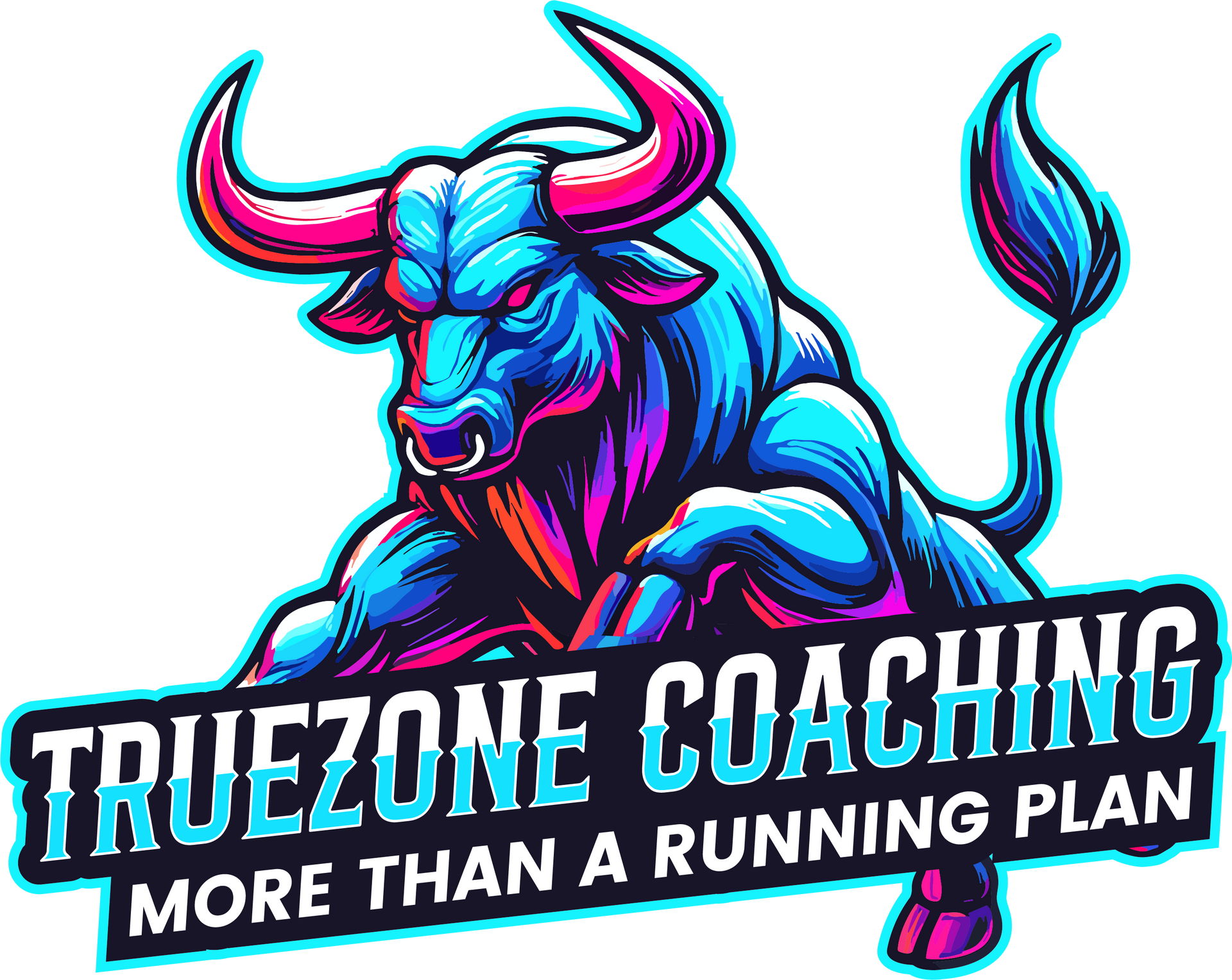Pumpkin spice, cooler temps, changing leaves- It’s Fall Y’all
Summer has come and gone, but a lesson will follow me through all of the seasons
I’m so excited for Fall and for our athletes to begin seeing the benefit of the Summer training season. But before I begin increasing the paces I thought I’d share a lesson that has changed my running (for the better). This single lesson has contributed to more positive gains than any other piece of technology or biomechanical changes that I’ve made.
Altitude acclimation and Heat acclimation: is one more important than the other?
In the trail running community we’re often chasing tougher terrain, more vertical gain and longer distances. It’s common to be part of a conversation where multiple people are discussing how our bodies become accustomed to lower levels of oxygen in the surrounding air, AKA Altitude Acclimation. We’ll talk about spending a week in a destination before a race to get acclimated. We’ll share ideas on how to avoid altitude sickness and talk about how those of us at sea level can train for altitude. Altitude acclimation is a thing and we’re not afraid to talk about it.
Oddly enough, the conversations about running in the heat are short, often paired with a grind it out mentality despite the risks associated with heat exhaustion & heat stroke that take down runners all of the time. Safely training in the heat can make running in the cooler seasons feel less taxing on the body, and generally leads to improved paces. Despite that, we don’t talk about heat acclimation very often.
Maybe we spend more time talking about altitude acclimation because altitude is visible. We can see the mountain that we are going to run up. Heat is and intangible condition that includes variables like humidity, temperature and the all important but often ignored dew point. Either way, I wanted to understand how heat impacts me, not how it’s supposed to impact me, how it actually impacts me. I wanted to go beyond the literature and into the natural laboratory to turn a disadvantage into an advantage.
The Sweat Test:
Sweat tests have been around forever and there are several different methods to do them. You can go to a lab, you can buy a patch that syncs to your phone but I prefer something simple. A method that is straight forward and that won’t interfere with an activity that I was already going to do. The goal of the test is to understand how much fluid your body is losing through sweat, so that you can consume the appropriate amount of hydration to keep your body working efficiently. Yes, there are broad guidelines that can be found on the internet but we’re all unique and I wanted to understand my specific needs. This is my approach to the sweat test:
- Plan a one hour run at a conversational pace in conditions that are similar to your training conditions.
- Do not plan on eating, hydrating or using the bathroom during the run.
- Before your run, take off all clothing and record your Pre Run body weight.
- After the run, dry yourself off, take off all clothing and record your Post Run body weight.
- Subtract the Post Run body weight from the Pre Run body weight to get the weight loss from loss from fluids in pounds.
- Multiply the pounds lost by 16 to get the total volume of fluids (in ounces) that were lost during your run.
- Multiply the total sweat loss in ounces by 75% (.75) to get the amount of liquid that you should consume in 1 hour to stay hydrated. Recommendations for replacing fluid loss vary. I’ve seen anywhere from 75% to 85% of total loss.
The amount of sweat loss varies by person, some “light sweaters” may lose around 2 pounds in an hour and other “heavy sweaters” can lose up to 6 pounds in an hour. Neither is better/worse than the other, the key is understanding your loss so that you can plan your hydration needs appropriately.
My example from August 2, 2022
Temp: 92 degrees
Dew Point: 66 degrees
1 hour run, 6.64 miles.
Pre Run Weight 171 - Post Run Weight 166.5 = 4.5 Pounds lost (I'm a heavy sweater)
4.5 pounds x 16oz = 72 oz of sweat loss in 1 hour
72oz x .75 = 54oz of fluid needed per hour
Based on these results I need to consume about 54oz of liquid every hour during a long Summer run. Carrying that amount of fluid in a handheld would be tough so I used the Nathan Pinnacle 4 liter Hydration Race Vest which has 2- 20oz soft flasks and I tucked an 18 oz soft flask into the vest so that I had 58oz total hydration with me. I planned a 6.5 mile loop so that I could have fluid in my cooler to reload each of the bottles after completing each loop in an hour. Although I didn’t like stopping to refill the bottles every hour, the physical benefit from doing so outweighed the impact to my overall run time. I felt better on this 3 hour, 19.5 mile run than I had felt on any other run that I’ve ever done. I had studied the benefits of proper hydration, I have coached to the benefits of proper hydration but now, I have experimented and learned first hand the benefits of proper hydration. I did not feel destroyed, depleted, sore or wiped out after this run, I felt appropriately fatigued. Each of the long runs that I've done since this one have been done with a hydration strategy based from these results, they've been some of the best that I've had. I can't wait for the next couple months of racing. As conditions change, I (and all of the TrueZone Coaching athletes) will do more sweat tests so that we can optimize our hydration strategies and hope that you’ll do the same!
If you're looking for coaching visit TrueZoneCoaching.com for information on our programs.
Until next time, make it great!

